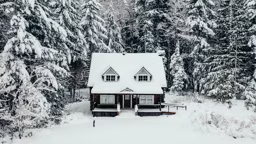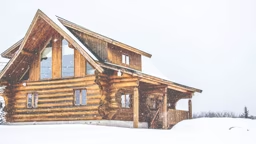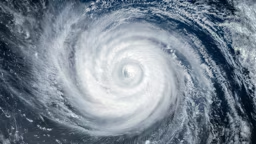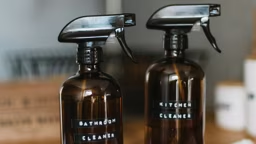
What is an LCD TV?
LCD stands for “liquid crystal display,” but this is a bit of a misnomer. In reality, the technology has no liquid components, so it isn’t susceptible to freezing and expansion in extreme cold. (Remember, many vehicles nowadays have LCD displays on their in-dash radios and CD players, and these have not been known to crack in freezing climates.)
What is an LED TV?
An LED (light-emitting diode) TV is nothing more than an LCD TV that uses LED backlighting. Compared to the LCD’s fluorescent-style backlighting, LEDs are more energy-efficient, but they don’t respond to cold temperatures much differently. One exception is that LED lights may actually shine brighter in cooler temperatures, as long as it is not too cold. But what is too cold?
Can I leave a TV at my cabin in freezing temperatures? Is LDC or LED better?
When it comes to durability in cold temperatures, there is no real difference between LCD and LED TVs. An LCD or LED TV may not perform well under extreme temperature conditions. In the cold, the response time of an HDTV picture may lag. For this reason, many LCD and LED television manuals will specify a safe-operating-temperature range. In most HDTVs, this range is about 50–90°F.
The temperature range for safe storage is typically even wider. Most LCD and LED sets are rated for storage in temps as low as -4°F. Always refer to your television’s manual for actual safe-temperature ranges.
How do I store a TV for winter?
If your cabin gets colder than this in the winter, you may want to consider erring on the side of caution. Cover the set in a soft blanket to protect it from dust and direct sunlight, and then store it in a dry place with above-freezing temperatures for the season, or for however long you plan to be away.
If you decide to leave the TV at the cabin for impromptu winter visits, exercise caution when turning it on in a cold room. Allow time for the cabin to warm up before turning on the TV, otherwise the extreme change in temperature may result in condensation inside the set and subsequent damage to the screen.
So, when you arrive at the cottage and fire up the woodstove, fireplace or heater, wait at least an hour (longer is better) for the screen to reach a temperature within the safe operating range. Sounds like a long time to wait, we know. But just think – you’ll have more time for card games and conversation!










